Nov 18, 2025
Pipe fittings are general terms for various components used to connect the basic parts of a pipeline system, transmit fluid media, alter the direction of pipelines, divert flow, or seal pipe openings.
In simple terms, they act as the "joints" and "connectors" of the pipeline transmission system, ensuring that pipelines can be constructed into a complete network according to the design path and enabling the conveyance and control of fluids.
The following categorizes based on how pipe fittings are made, which can be applied across different industries.
Copper:This material fitting Copper Pipe Fitting For Cooling, commonly used in cooling systems or refrigeration pipelines, corrosion-resistant, good thermal conductivity.
Brass or Stainless Steel:This material's fitting Check Valve (Non-Return Valve), specifically designed for one-way flow prevention.
Carbon Steel: This carbon fitting type with high strength, often used in high-pressure pipelines.
Brass:This material's fitting Brass Ferrule Compression Fitting, used for mechanical compression sealing.
Nickel-Plated Brass:This material fitting Brass Rapid Fitting With Nickel Plated, enhances corrosion resistance and surface brightness, quick-connect fitting.
Nickel-Plated Brass:This material's fitting Brass Fittings With Nickel Plated, general-purpose pipeline connection.
Pure Brass:This material's fitting Brass Fittings And Connectors, typically used for pneumatic and water pipeline fittings, not nickel-plated.
Material Compatibility
Most critical: Ensure the fitting material is compatible with both the fluid medium and the pipe material itself to prevent corrosion and contamination.
Connection Type
Most critical: Choose between permanent or detachable connection types based on installation conditions, available tools, and future maintenance needs.
Size and Specifications
Most critical: The fitting's nominal diameter and outer diameter must precisely match the pipe.
Pressure and Temperature Ratings
Most critical: The fitting's rated pressure and temperature must be higher than the system's maximum operating conditions.
Function and Shape
Most critical: Select the type based on its specific role in the pipeline (e.g., turning, branching, reducing size).
Standards and Certifications
Most critical: Fittings used in critical systems (such as water or gas) must comply with relevant safety certifications and local regulations.
Cost and Supplier
Most critical: Within the budget, prioritize reliable and reputable brands and suppliers to avoid greater losses from minor cost savings.
Selecting an excellent pipe fittings supplier can bring you the following key advantages:
Reliable Quality and Consistency:
Our products comply with or even exceed international standards, ensuring that the dimensions, materials, and pressure ratings of every fitting are accurate, eliminating the risk of leaks and failures at the source.
Comprehensive Product Variety:
Our inventory covers a wide range of materials (such as brass, stainless steel, copper, and plastic), connection methods (such as threaded, compression, and push-to-connect), and structural types, enabling one-stop solutions for all your needs and simplifying the procurement process.
Technical Support and Professional Advice:
Our expert team provides the most suitable product recommendations and installation guidance based on your specific application scenarios, helping you optimize system design.
Stable Supply Capacity and Fast Delivery:
With robust inventory management and logistics systems, we ensure stable supply for large-volume orders and quick delivery for small-batch orders, effectively safeguarding your project progress.
Competitive Pricing and Cost Efficiency:
Leveraging large-scale production and efficient supply chain management, we offer more competitive prices. High-quality fittings also reduce future maintenance and replacement costs, achieving lower total cost of ownership.
Comprehensive After-Sales Service:
We provide after-sales support, including quality assurance, return and exchange policies, and timely technical responses, ensuring a worry-free procurement experience.
You May Interest In

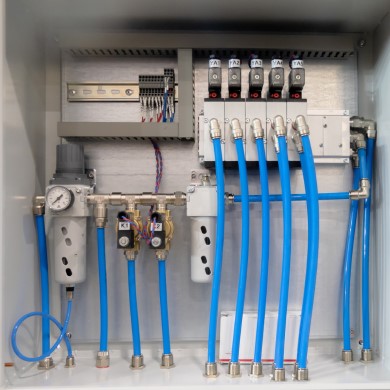
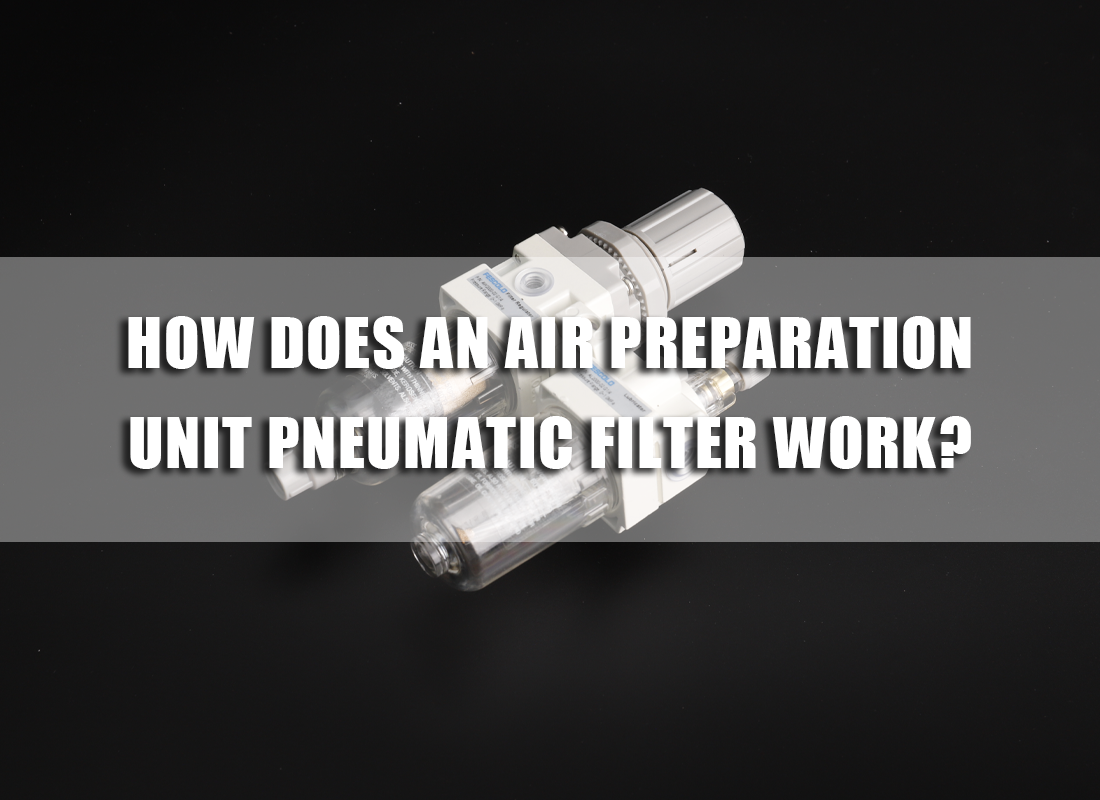

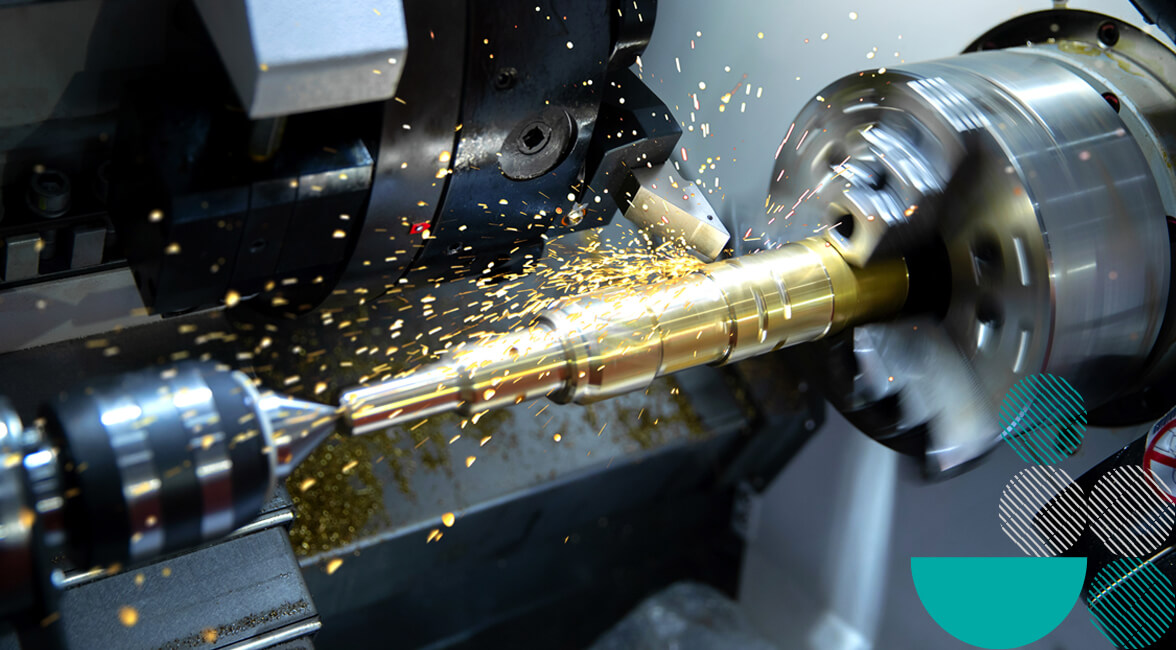
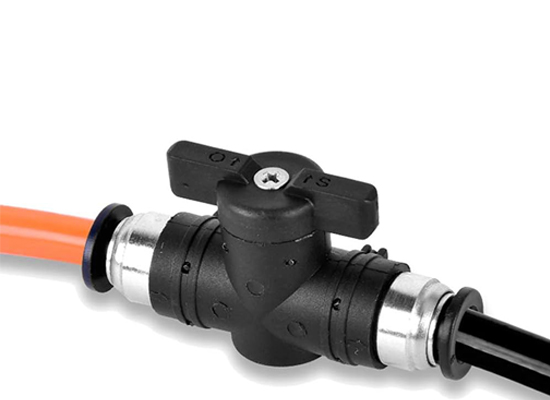
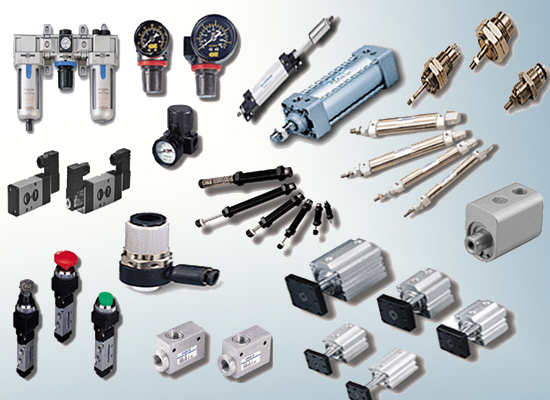
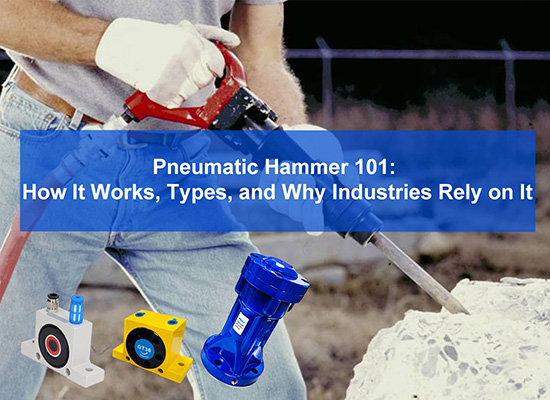

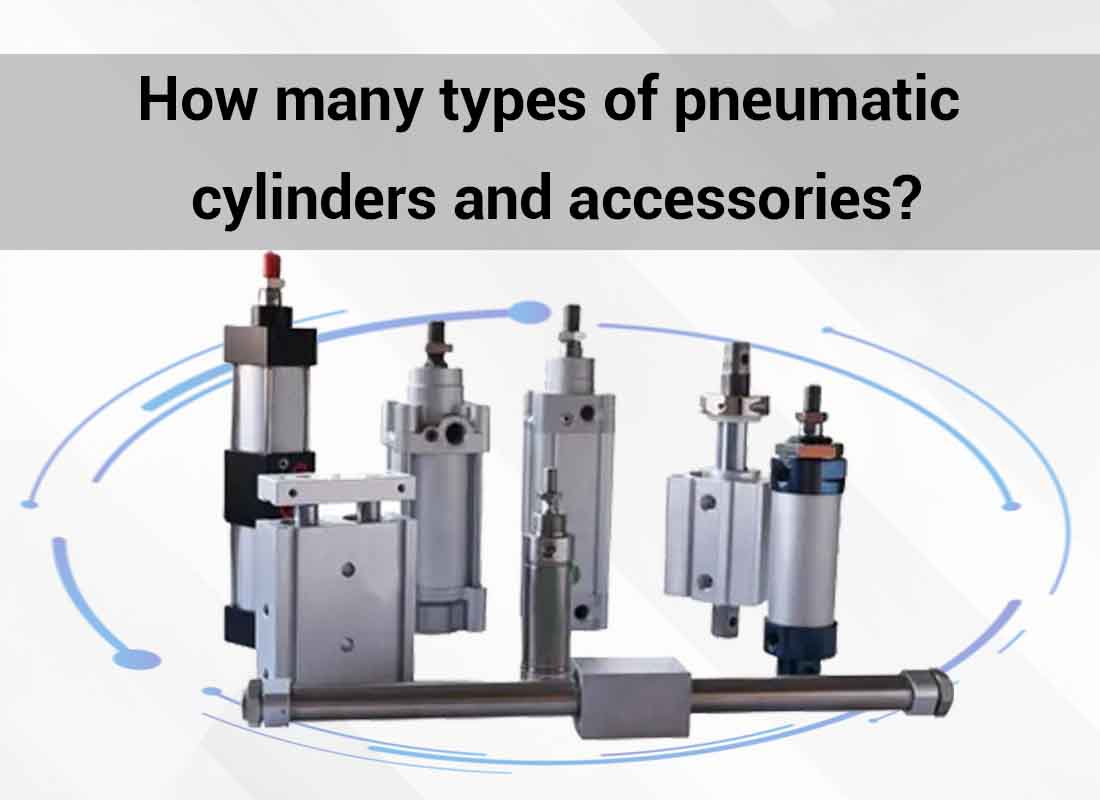
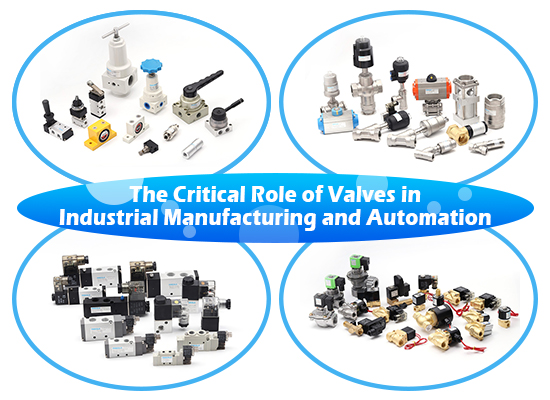

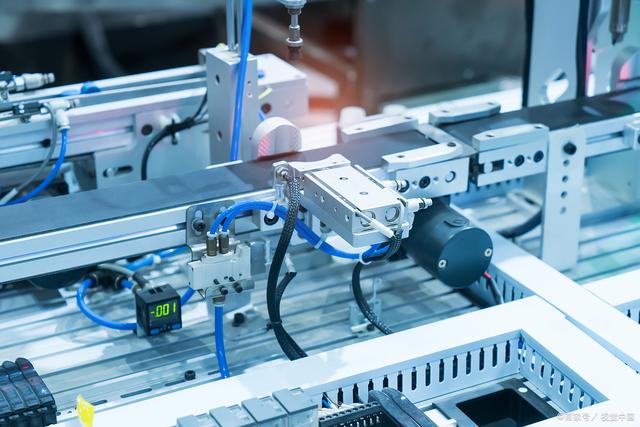
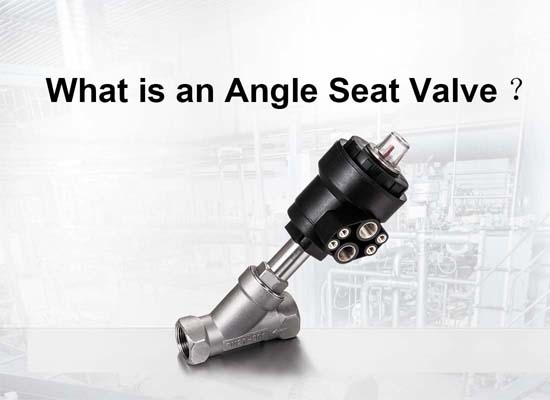
Apr 18, 2025 Blog
What is an Angle Seat Valve?Links: www.fescolo.com(Pneumatic)
FOKCA ©1998-2025 All Rights Reserved Sitemap